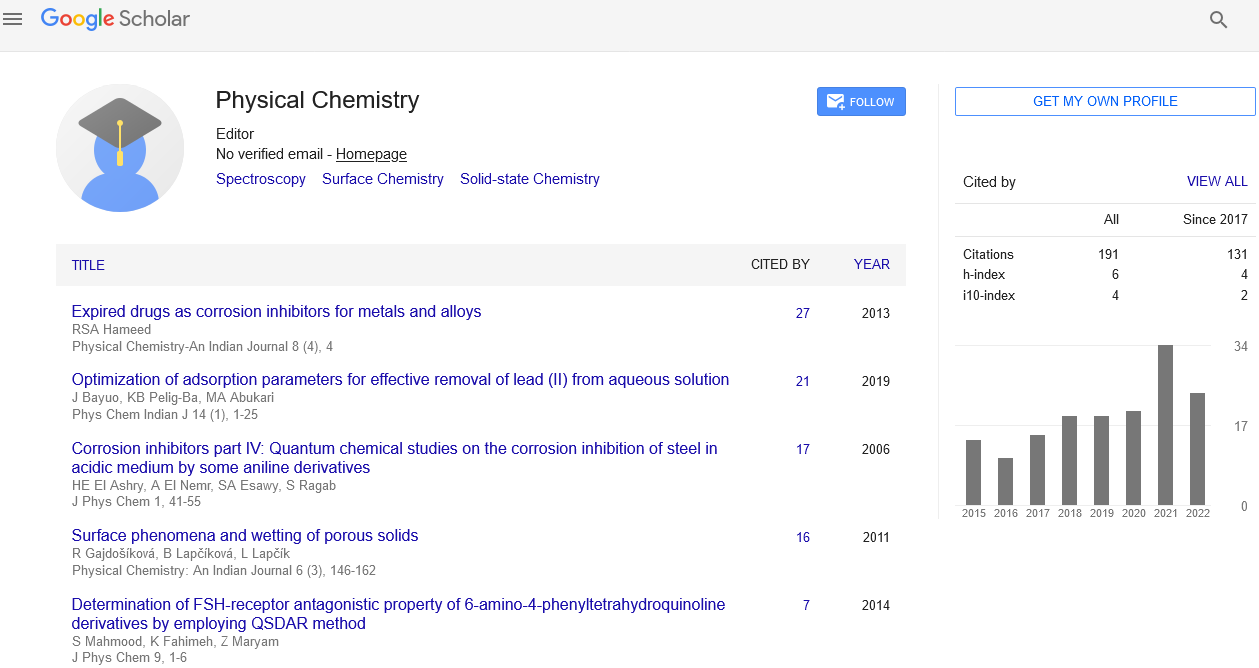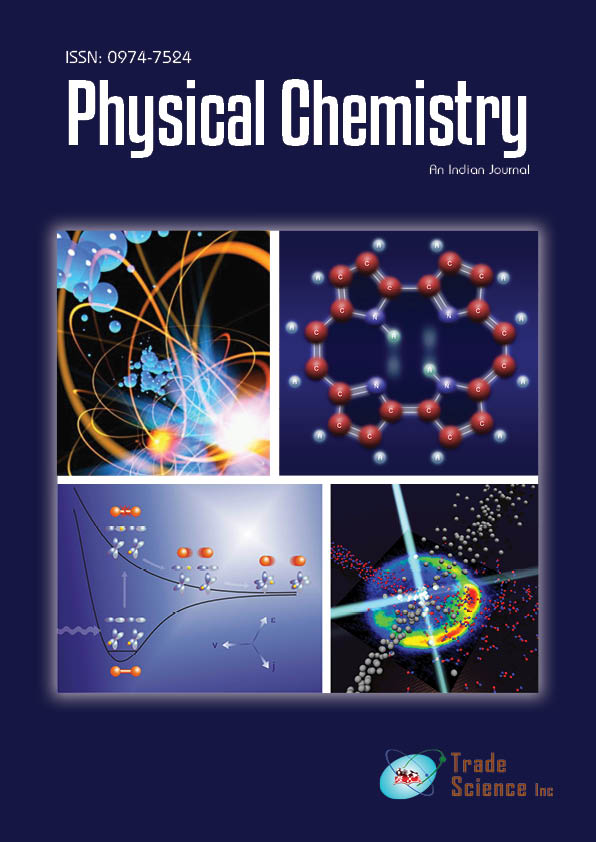Editorial
, Volume: 16( 3)Atomic Emission Spectroscopy
Aakshi Kainthola *
- *Correspondence:
- Aakshi Kainthola
Department of Life Sciences,
Graphic Era Deemed to be University,
India,
E-Mail: aakshi.kan7@gmail.com
Received: May 8, 2021; Accepted: May 12, 2021; Published: May 16, 2021
Abstract
Atomic Emission Spectroscopy (AES) is a chemical analysis method that employs the intensity of light produced at a certain wavelength from a flame, plasma, arc, or spark to quantify the quantity of an element in a sample. The identification of the element is determined by the wavelength of the atomic spectral line in the emission spectrum, while the intensity of the emitted light is related to the number of atoms in the element. Various methods can be used to excite the sample. By examining the radiation released by atoms, atomic emission spectroscopy can be used to establish their identification, structure, and surroundings. We may determine the energy levels (or stationary states) of the atom from wavelength measurements, and this offers an experimental basis for atomic structure theories.
Atomic Emission Spectroscopy (AES) is a chemical analysis method that employs the intensity of light produced at a certain wavelength from a flame, plasma, arc, or spark to quantify the quantity of an element in a sample. The identification of the element is determined by the wavelength of the atomic spectral line in the emission spectrum, while the intensity of the emitted light is related to the number of atoms in the element. Various methods can be used to excite the sample. By examining the radiation released by atoms, atomic emission spectroscopy can be used to establish their identification, structure, and surroundings. We may determine the energy levels (or stationary states) of the atom from wavelength measurements, and this offers an experimental basis for atomic structure theories.
If we know the characteristic lines emitted by an atom, the presence of that element in the source can be determined by their appearance in the spectrum. The number densities of distinct atoms in a given source can be determined by measuring the intensities of their spectral lines. The intensity and form of spectral lines are affected by physical factors of the discharge source, such as temperature and pressure, and these parameters can be identified by studying the shapes of the spectral lines. Principle of Atomic Emission Spectroscopy.
Atomic Emission's theory or operational principle the wavelengths of photons discharged by atoms and molecules when they transit from a high energy state to a low energy one are examined in spectroscopy. Each element or substance emits a unique set of wavelengths that are determined by its electrical structure. The elemental structure of a sample can be revealed by studying these wavelengths.
Flame Atomic Emission Spectroscopy
In this approach, a sprayed solution or gas containing a sample of the item to be examined is ignited. When the flame heat evaporates the solvent and destroys the chemical bonds of the analyte, free atoms of the substance are created. When the atoms are heated, they become electronically charged particles that emit light when they return to their original electronic form. Each element emits light at a wavelength that is unique to it, which is then scattered by a prism or grating and detected in a spectrometer.
Atomic Emission Spectroscopy Instrumentation
A high-temperature excitation source, such as a flame, is used to convert the sample to free atoms. A flowing gas nebulizes liquid samples and carries them into the flame. The analyte atoms must be desolvated, atomized, and excited repeatedly by the excitation source. The flame provides enough energy for the atoms to reach high energy levels. The generated radiation travels through the monochromator as the atoms decay to their ground state, isolating the specified wavelength for study. The radiant power of the chosen radiation is measured using a photodetector
Applications of Atomic Emission Spectroscopy- The examination of trace elements in soils, water, metals, biological specimens, clinical specimens, food, physical evidence such as glass, and other solids are all common uses of atomic emission spectroscopy

